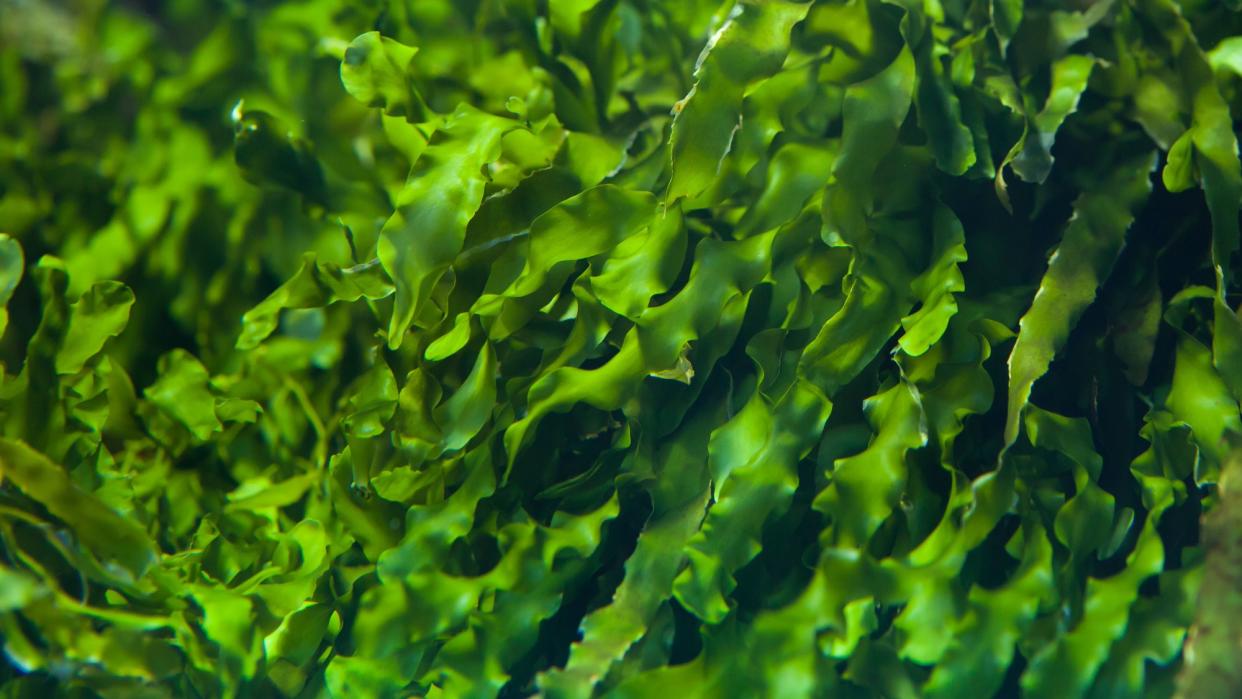Green helping green: Seaweed mining just might unearth a new mineral supply

Could seaweed be a key in sourcing more precious and rare-earth elements? Some scientists seem to think so. Seaweed, they say, contains several minerals that could be used in the manufacturing of a variety of green technologies, which could help to transition away from the use of fossil fuels for energy. The U.S. Department of Energy's Advanced Research Projects Agency-Energy (ARPA-E) has funded three separate projects involved with mining seaweed for said minerals. If successful, the aquatic plant can be an alternative to other more invasive types of mining and extraction.
What is seaweed mining?
Seaweed, scientists' thinking goes, might be a treasure trove of minerals, and they are trying to find a way to extract those minerals through a process similar to mining. The aquatic plant contains the elements platinum and rhodium, along with rare-earth elements like neodymium, lanthanum, yttrium and dysprosium. "These valuable elements, which can be captured and concentrated by seaweed, are essential to the green energy transition — and to technology more broadly," said Hakai Magazine. Rare-earth elements are used in a variety of products including electric motors and generators, as well as solar panels and wind turbines, which are necessary for the world to hit net zero. "While many rare earth metals are actually common, they are called 'rare' because they are seldom found in sufficient amounts to be extracted easily or economically," said Columbia University's State of the Planet. This is where seaweed could come in. The aquatic plants "grow quickly and suck minerals out of the water to do so." In some ways, seaweeds are built optimally for gleaning minerals: Their "cell walls are structured from sulfated polysaccharides — compounds made of long chains of sugar molecules," which are "negatively charged, meaning they attract positively charged minerals floating nearby," Hakai Magazine said.
The Department of Energy's ARPA-E division is funding research projects in order to investigate the "feasibility of extracting critical minerals" from the plants. "Seaweed could represent an alternative to conventional mining and other prospects, such as deep-sea mining," said Hakai Magazine. However, "there are a lot of complexities in the entire process, and that's why [seaweed mining] is in the category of 'very exploratory,'" Schery Umanzor, an assistant professor of marine biology at the University of Alaska, Fairbanks, and a lead researcher on one of the projects funded by ARPA-E, said to Hakai Magazine. "The chances of success are low. But if we succeed, then the implications are huge."
How can it help?
"We know we need different sets of critical mineral supply chains to reach President Biden's ambitious clean energy and decarbonization targets," ARPA-E Director Evelyn Wang said in a press release. The goal is to "see if seaweeds accumulate rare-earth elements at a concentration that makes sense financially to recover them," Umanzor said in a University of Alaska Fairbanks press release. "Seaweeds must act as sponges, with the elements showing up in higher concentrations [in them] than in the water." Several variables make the possibility of mining the minerals unknown, including finding a method of extraction that does not destroy the plant and where to plant seaweed for it to absorb the highest quantity of rare-earth elements.
If successful, seaweed mining could increase the stock of rare elements and minerals in a less invasive way than other forms of mining. "Metals have to come from somewhere, and extracting them is very destructive," Umanzor said. "It's worth exploring other possibilities that align more with our ideas of a greener world — or a bluer world." However, traditional element mining is not going away anytime soon. "[Seaweeds] can contribute," Susete Pintéus, a marine biologist at the Polytechnic Institute of Leiria in Portugal, said to Hakai Magazine. "But they will not solve the problem themselves." Extracting a significant level of elements from seaweed would require a large commercial operation that is yet to exist. "Even high accumulations would only yield a few dollars' worth of metals per ton of seaweed," said the University of Alaska Fairbanks release. "It has tremendous potential, but it has to be to scale," said Umanzor. "A mom-and-pop farm is not going to work."

